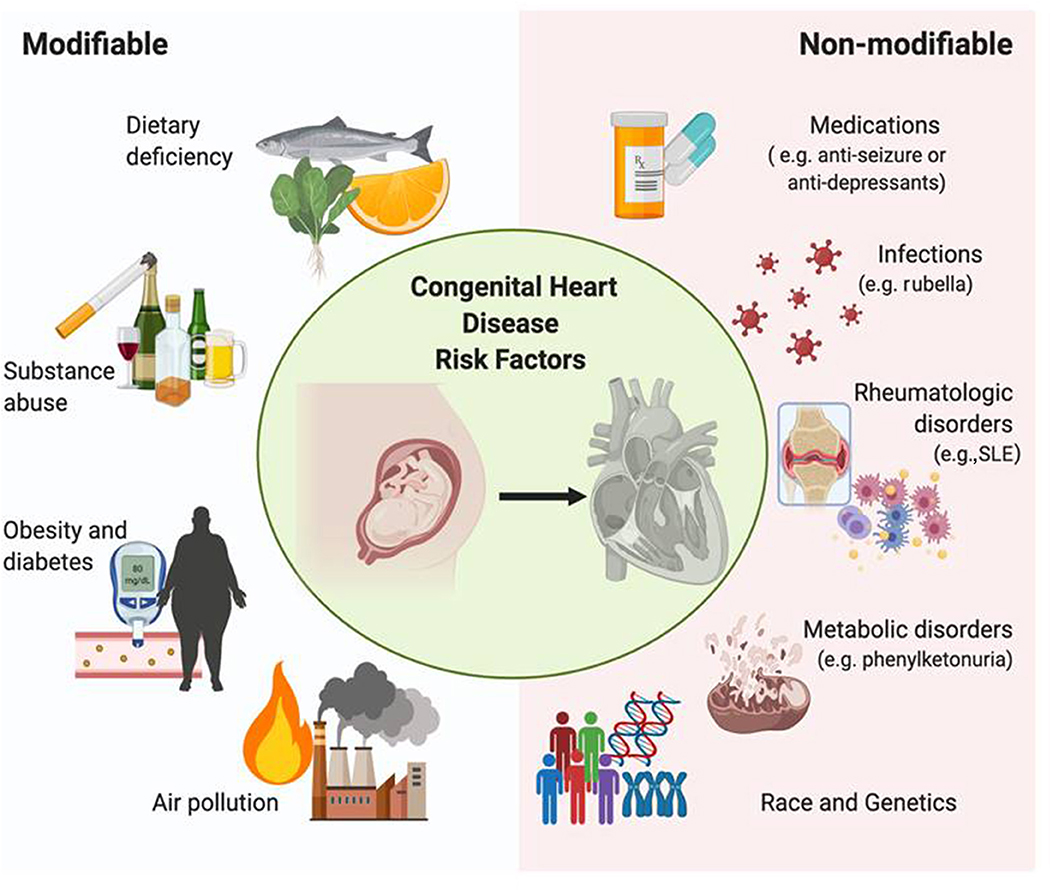How To Keep Your Heart Healthy
Sep 29, 2022
2497 Views
Have you ever thought about how strong your heart is? The amount of physical and emotional stress it holds up?
Every day your heart beats about 1,00,000 times and does the mighty job of sending gallons of blood throughout your body to feed your organs and tissues. So it’s necessary to keep your heart in tip-top shape.
Let’s talk about ways to keep your heart healthy.
What Exactly Is World Heart Day?
September 29 is observed as World Heart Day, an initiative by the World Heart Federation and Word Health Organisation to spread awareness about cardiovascular diseases (CVD), its prevention, and the impact it has on people across the world. It is a day when we can think about the choices that we make which determine the health of our hearts.
How About The Stats Of CVDs?
South Asians (e.g., India, Pakistan, Bangladesh, Sri Lanka, and Nepal) have a higher prevalence of cardiovascular disease and suffer from a greater risk of CVD-associated mortality compared to other populations. In India, people with cardiovascular disease have increased from 25·7 million in 1990 to 54·5 million in 2016 and it contributed to 28% of all deaths.

What Are The Different Types Of CVD?
Cardiovascular diseases are a group of diseases that involve both the heart and blood vessels.
- Arrhythmias: Irregular or abnormal heartbeat ( Atrial fibrillation)
- Congenital heart disease: Structural or functional defect in the heart from birth. In some, the symptoms appear after childhood or adulthood.
- Coronary heart disease: Blockage of the arteries due to the formation of plaque.
- Deep vein thrombosis and pulmonary embolism: Blood clots in deep veins usually in legs (DVT). When they break loose and travel through the bloodstream to the lungs it is called pulmonary embolism.
- Heart failure: It is seen when the heart is not pumping blood strong enough which gives swelling and shortness of breath.
- Aortic stenosis: Narrowing of the aortic valve.
- Mitral valve insufficiency: Due to incomplete closure of the mitral valve (the valve between the left atrium and the left ventricle), blood is leaked backwards building up the fluid in the lungs.
- Mitral valve prolapse: Non-closure of the valve between left upper and lower chambers.
- Pericarditis: Inflammation of the lining surrounding the heart
- Rheumatic heart disease: A condition in which the heart valves have been permanently damaged by rheumatic fever.
What Are The Causes Of CVD?
It is now known that the role of genes as a non-modifiable factor behind heart diseases. A genetic mutation (change in the gene) can cause CVD and can be passed on from generation to generation. The majority of them are multifactorial (combined effect of multiple genes interacting with environmental factors). Certain chromosomal anomalies like Down syndrome, turner syndrome are one of the most known causes of CVD.
The non-modifiable non-genetic factors are:
- Medication
- Infections
- Metabolic disorders
Further, there are a majority of non-genetic factors causing CVD that can be modified.
- Studies show that maternal Vitamin D deficiency, smoking, alcohol consumption, and gestational diabetes increase the risk of CVD in the offspring.
- Alcohol, smoking, obesity, hypercholesterolemia, etc are the known risk factors for CVD.

Fig: Showing the modifiable and non-modifiable factors:
(https://www.frontiersin.org/articles/10.3389/fcvm.2021.635280/full)
Preventive Measures To Manage CVD
Simple lifestyle changes can ensure your cardiac health. Consulting a cardiologist annually for a routine evaluation is necessary as you age. Here are some common lifestyle changes for your heart health.
Good Diet: A healthy diet can decide your heart health. You can include more vegetables and fruits, whole grains, and low-fat protein sources. Try limiting unhealthy fats and sodium salt.
Physical activity: Exercises, yoga, or a brisk walk can improve your heart health. Regular exercise reduces the risk of cardiovascular diseases by managing cholesterol levels, maintaining weight, and reducing stress levels.
Say NO to smoking: The chemicals in cigarette smoking make the cells lining the blood vessels swollen and inflamed thereby increasing the risk for CVD. The choice to quit smoking is not an easy task but there can be drastic changes in health once it is done.
Stress and Sleep hours: Mental health is the key factor for overall physical health. Managing stress levels is very important to gain proper sleep hours which in turn manage heart health.
Why Is Screening And Diagnosis For CVD Important?
Regular screening of the heart to understand its health is essential.
Lipid profile: The lipids need to be attached to the proteins so they can move through the blood. Low-density lipoproteins (LDL) are sometimes called bad cholesterol because a high LDL level leads to the build-up of cholesterol in the body and can block the arteries. Hence monitoring the lipid profile monitors heart health.
Blood pressure: Increased blood pressure can result in a heart attack.
ECG: This helps us understand the heart’s rhythm and rate.
2DEcho: It analyses the functioning of the heart, diagnoses malfunctions, and plans the treatment for the developing disease.
And To Conclude……
As earlier said, most cardiovascular diseases are multifactorial. Identifying genetic risk factors of CVDs help people to make well-informed decisions about managing their heart health. Genetic testing opens up an array of information about your risk for certain heart diseases and accordingly, helps you create an action plan for your well-being.
So take a vow on this World Heart Day, not to break your heart!
Oh Yes! It can be done through Genomepatri testing & Cardiomap. Mapmygenome’s comprehensive health and wellness assessment through its genomic tests like Genomepatri and Cardiomap will give an insight into your genetic predisposition to a wide spectrum of CVDs, several associated risk factors, treatment options, and lifestyle changes.
References
https://www.mdpi.com/1422-0067/21/10/3536
https://www.hsph.harvard.edu/nutritionsource/disease-prevention/cardiovascular-disease/preventing-cvd/
https://www.frontiersin.org/articles/10.3389/fcvm.2021.635280/full

